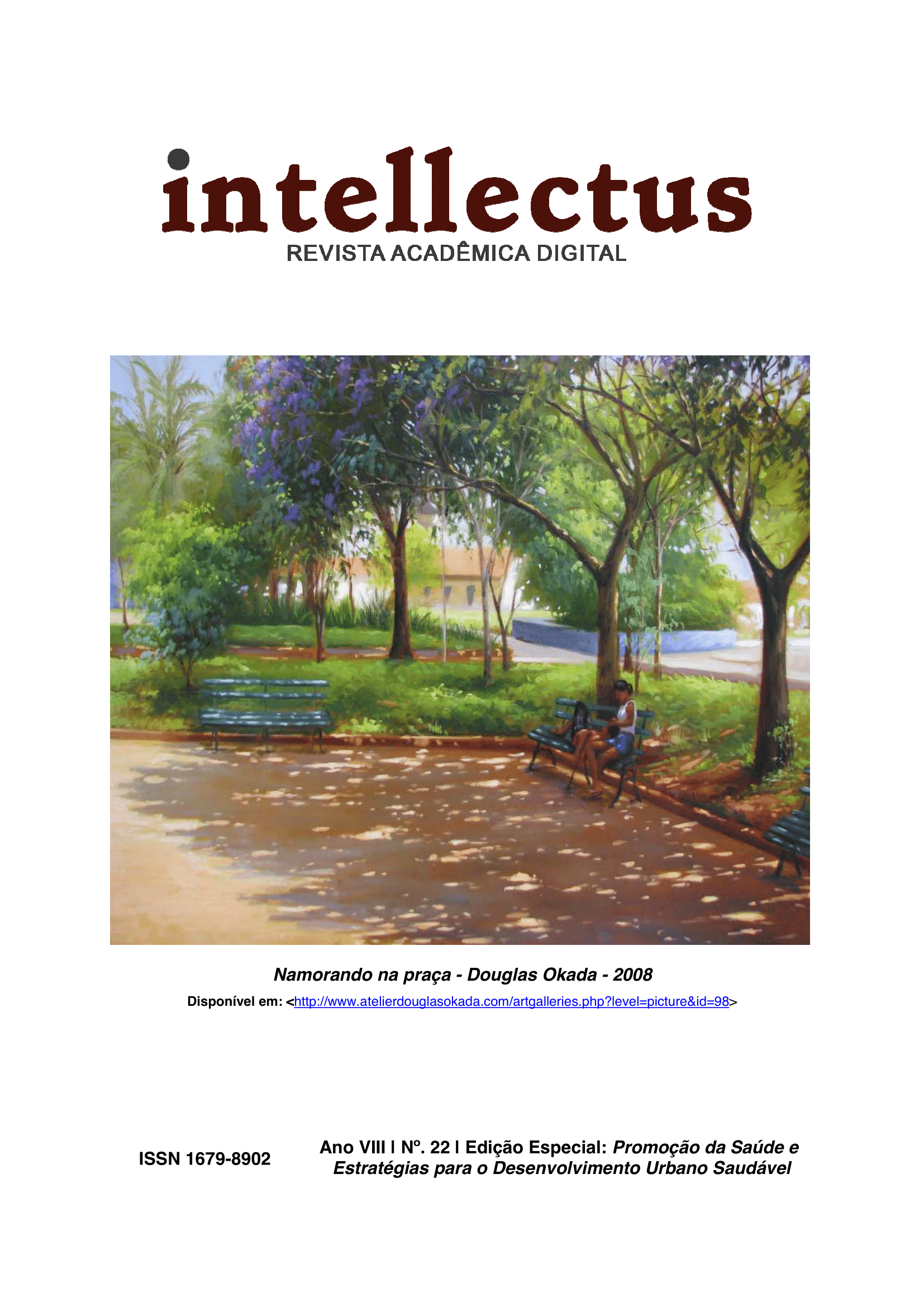Ergonomics of Urban Buses
A Case Study in the City of Santos – SP
Keywords:
Ergonomics, Quality of Life, Healthy CitiesAbstract
Urban planning is the guiding instrument for the development of programs that seek to improve or revitalize aspects such as the quality of life within a given area or planning a new urban area in a given region, and the order to provide residents adequate quality of life. According to surveys, quality of life can be defined as the moment of our lives where there is a complete fulfillment of basic needs necessary for our well being, such as health, nutrition, education, transport, employment, housing and leisure. Public transportation, especially buses, as a mode of transport used by a very large proportion of urban population in Brazil, mainly to carry out activities necessary for daily life such as commuting to work and school. So that users can accomplish their bus travel under appropriate conditions, it is necessary that vehicles meet the ergonomic conditions of comfort safety and efficiency as a fundamental contribution to the quality of life in search of healthier cities. This research aims to ergonomic evaluation of the physical aspects of urban buses and feedback from users in relation to these aspects. The survey was conducted in two main steps: 1. Survey of ergonomic conditions of urban buses. 2. Interviews with users to assess the views of the same characteristics with respect to the comfort of the bus.



